Memories of Living in Paris
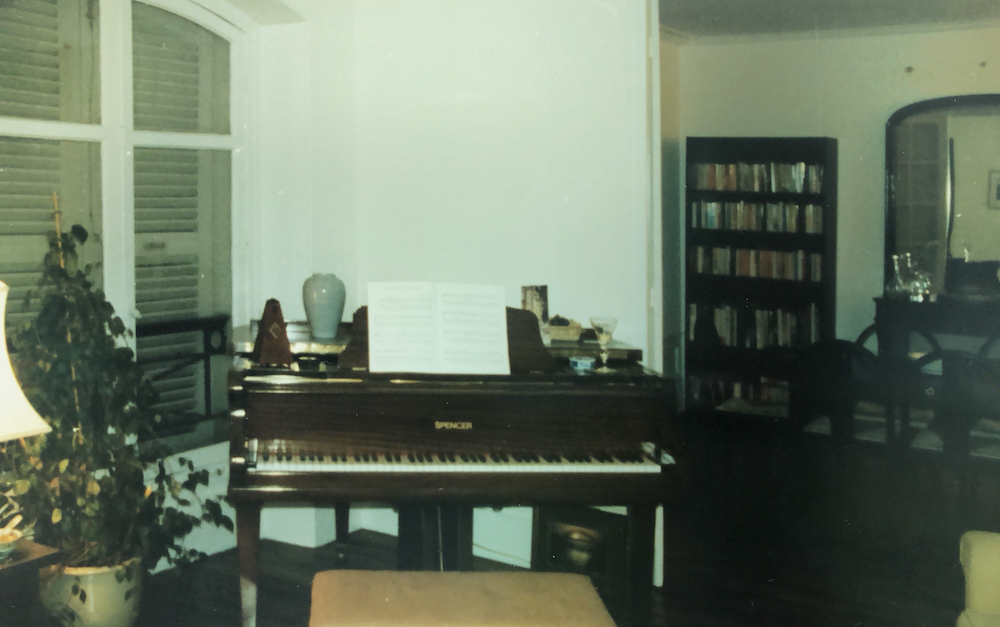
Back then I had a company car but nowhere to park it, so every night I would drive around the neighbourhood desperately seeking a parking spot and often resorting to parking illegally – as many Parisians did. My collection of parking fines could have papered the walls. Occasionally I’d leave the car in the underground carpark at the office and take the Metro rather than face the tedious process of hunting a space in a zone where so many people came to eat in the numerous restaurants or see a movie at one of the many cinemas in the area. The car was a blessing to venture beyond the city at weekends but a curse during the week!
I had a very cute apartment on the first floor of an elegant block. My living room overlooked the Rue Dante and I was five minutes from Notre Dame and the Ile de la Cité or the delightful Ile St Louis. Here’s the view out of my window. The image above is the interior of the living room – very blurry and must have been just after I’d moved in as while I’d unpacked my books I hadn’t got around yet to hanging any pictures.
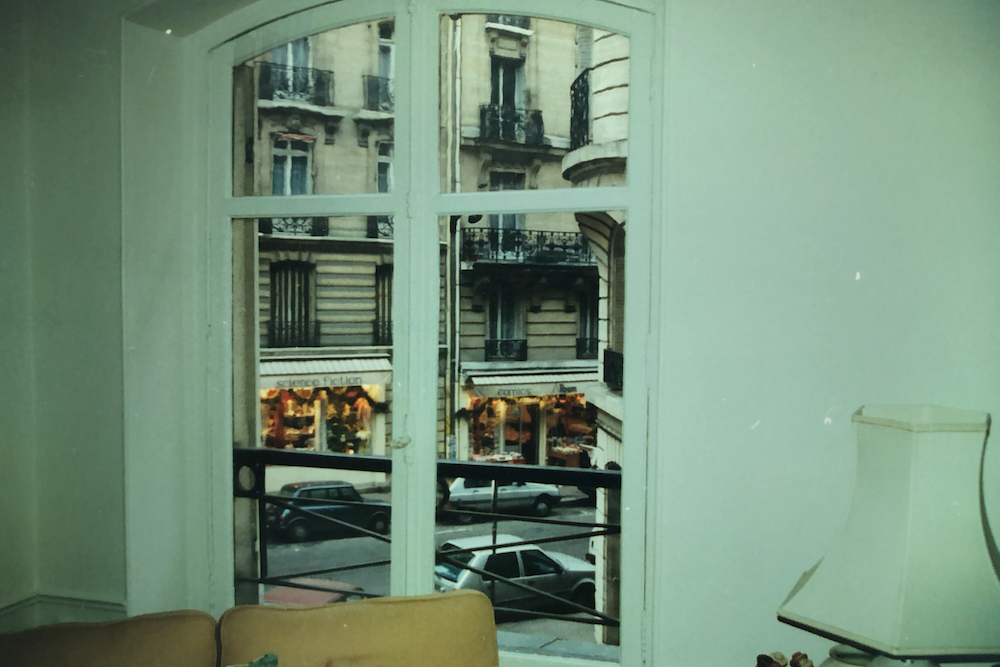
I wish I could teleport myself back to that little apartment right now, able to wander the streets, drop into a café or a bar for an aperitif or a coffee, and sit and people-watch. I’ve found a photograph of one of the streets just beside my apartment – always best viewed in early morning before the tourists flock in.

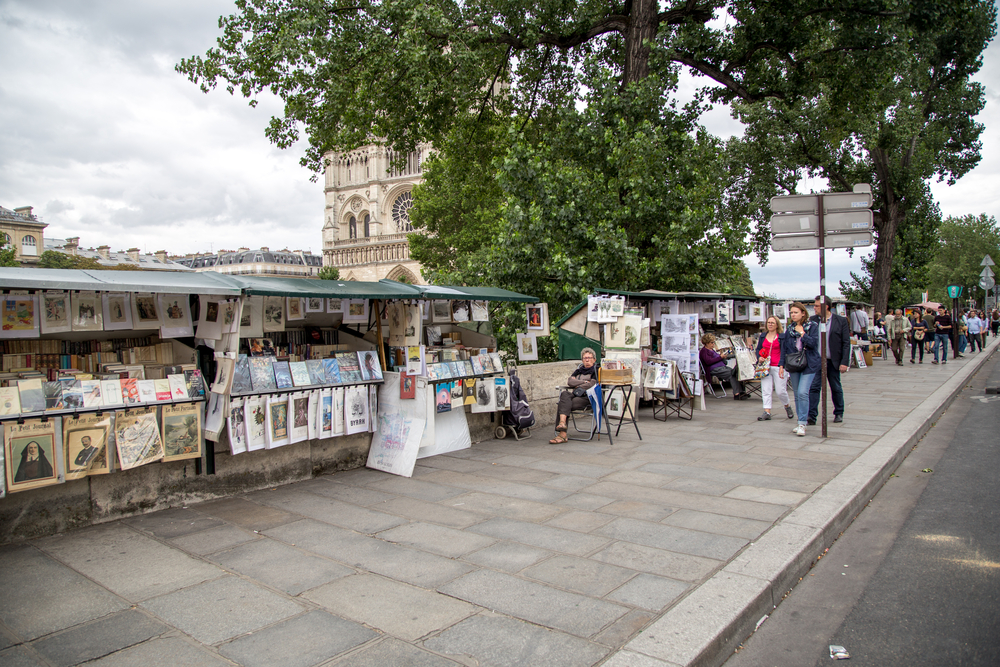
My work in progress is set in 1949 but much of the architecture and small Parisian streets would have looked much the same as now. The bouquinistes still ply their trade along the banks of the Seine just as they did then – although these days many cater more for tourists than book collectors. There is a still a flower market on the Ile de la Cité near Notre Dame which becomes a market for caged birds on a Sunday. I was on my round-the-world cruise, two years ago this week, when the Cathedral of Notre Dame, just five minutes walk from my old apartment, was burning. I watched the TV news on board as we sailed towards Oman, in tears and complete disbelief. Progress on the restoration is apparently proceeding apace and it is hoped it will reopen in 2024.
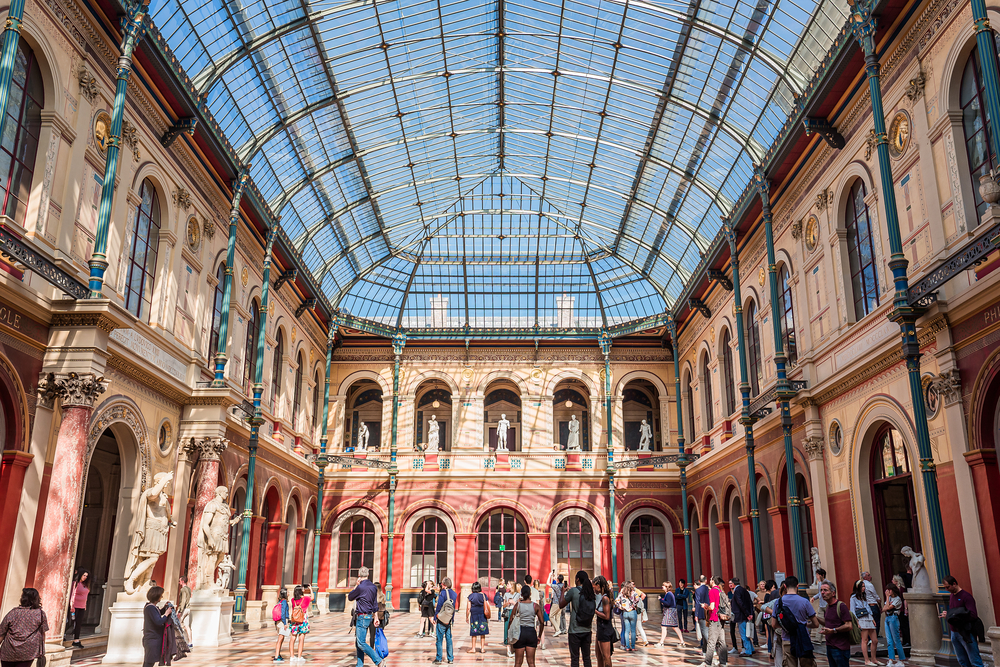
Jasmine was lost in concentration. She was in the covered courtyard of the Palais des Etudes, drawing a cast of a man’s foot and it took every ounce of willpower to focus on it.
Before beginning, she’d studied the naked foot throughly, trying to imagine it wasn’t a foot but a random shape she had never seen before and was seeing now for the first time with fresh eyes. She had noted the proportion between toes and foot, the angle of the turn in the heel, the varying sizes of the individual toes and their placement relative to each other. Then, nervously, she had begun to draw, building up layers on the paper, shading and hatching until the foot was complete. As she held it up to compare her drawing with the plaster model in front of her, she knew at once it was wrong. She must start again. So absorbed in the task was she that she didn’t hear Lachlan approaching her across the space of the covered courtyard.
‘Nice hatching, good observation of light and shade. But you know where you’re going wrong don’t you?’
Jasmine jumped. ‘I was so careful. I worked out the actual proportions on the cast and then used them in the drawing but it’s completely wrong.’
‘No one’s taught you about foreshortening?’ he asked.
‘No one’s taught me about anything.’
Images are authors own or purchased under common license from DepositPhotos

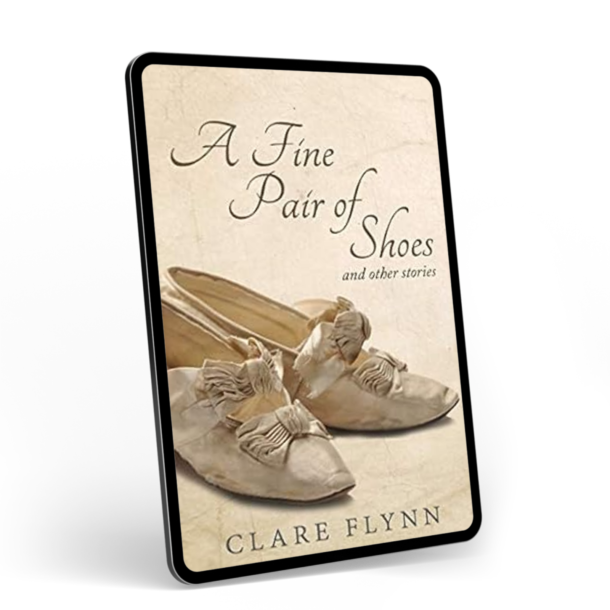
Dear Clare,
I so enjoyed your email and your blog. Your wonderful memories and photos filled me with yearning to be in Paris now. I, too, spent a lot of time in Paris in the mid 80’s. I was editing a history text (college level) and working with the author and photo researcher; we had the most wonderful time visiting museums, libraries, churches, historical buildings.
I now have acquired all your books (“Sisters at War”will be available in the US on May 1.) I’m having a wonderful time reading them….
With best wishes,
Diane
Lovely to hear from you. Paris is such a wonderful city and I feel so sad that I didn’t appreciate it at the time! Can’t wait to get back there
So pleased you are enjoying the books.I presume you are in the USA?
A very enjoyable newsletter, Clare. Thank you for sharing your time in Paris .